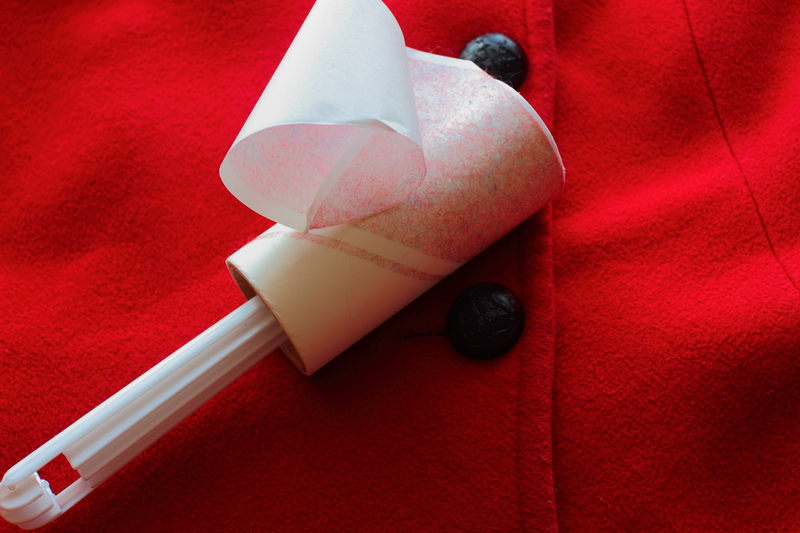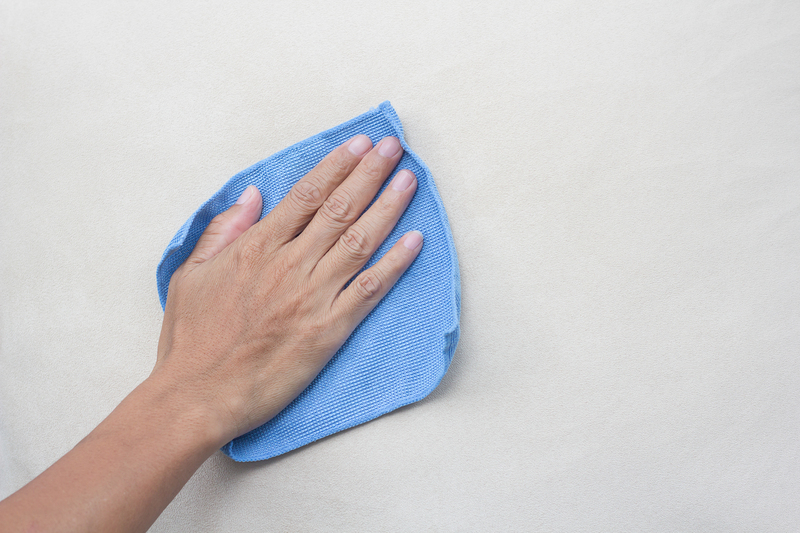Top Upholstery Cleaning Strategies
Posted on 03/12/2024
Upholstery often serves as a focal point in our homes, offering both comfort and aesthetic appeal. Over time, however, your beloved sofa, chairs, or ottomans may start to show signs of wear and tear. Stains, odors, and accumulated dirt can mar the appearance and longevity of your furniture. With the right upholstery cleaning strategies, you can rejuvenate your furnishings, ensuring they look fresh and last longer.
1. Vacuum Regularly
Regular vacuuming is crucial for maintaining upholstery. It helps remove dust, pet hair, and other particles that may cause wear or bad odors. Use a vacuum with a rotary brush or upholstery attachment to gently clean the fabric.

2. Spot Cleaning
Accidents happen. Whether it's a spilled drink or a food mishap, treat stains immediately. Use a clean towel to blot (not rub) the stain and then use a suitable upholstery cleaner. Always test the cleaner on an inconspicuous area first to ensure it doesn't discolor the fabric.
3. Steam Cleaning
Steam cleaning is an effective way to deep-clean upholstery. It involves using hot water extraction to dissolve dirt and grime. Steam cleaners can be rented or purchased, and many models are specifically designed for upholstery.
4. Using a Fabric Protector
Applying a fabric protector after cleaning can create a barrier against future spills and stains. Products like Scotchgard provide an invisible shield that repels liquids and prevents them from soaking into the fabric, making future clean-up easier.
5. Hire Professional Services
While DIY methods are effective, there are times when professional upholstery cleaning is necessary. Experts have specialized tools and solutions that can handle deep-seated dirt, mites, and allergens, ensuring a thorough clean.
6. DIY Natural Solutions
For those who prefer natural cleaning agents, ingredients like baking soda, vinegar, and essential oils can be effective. For instance, a mixture of equal parts vinegar and water can serve as an all-purpose cleaner. Additionally, sprinkling baking soda on the fabric before vacuuming can help neutralize odors.
Pros and Cons of Upholstery Cleaning Methods
Vacuuming
Pros:
- Removes surface dirt and allergens
- Extends the life of the fabric
- Easy and quick
Cons:
- Does not remove stains
- May not reach deeply embedded dirt
Spot Cleaning
Pros:
- Immediate treatment of stains
- Prevents lasting damage
Cons:
- Risk of discoloration
- Labor-intensive
Steam Cleaning
Pros:
- Deep cleans
- Kills germs and bacteria
Cons:
- Requires equipment
- May require drying time
Professional Services
Pros:
- Highly effective
- Convenient
Cons:
- Can be expensive
- Requires scheduling
DIY Natural Solutions
Pros:
- Safe and non-toxic
- Cost-effective
Cons:
- May not be as effective as commercial solutions
- Requires more frequent cleaning
Tips for Effective Upholstery Cleaning
- Always check the manufacturer's cleaning instructions before starting.
- Test any cleaning solution on a hidden part of the upholstery to check for colorfastness.
- Use distilled water in steam cleaners to prevent mineral build-up.
- Don't oversaturate the fabric with water or cleaning solutions.
- Always blot stains--never rub, as this can spread the stain further.

Takeaways
Maintaining your upholstery involves a combination of regular cleaning, immediate spot treatment, and occasional deep cleaning. While DIY methods can be effective, professional assistance might be necessary for heavy soiling or stubborn stains. Choose the method that best fits the type of fabric and the level of cleaning required.
Conclusion
Upholstery cleaning does not have to be a daunting task. With a good understanding of the various strategies available, you can keep your furniture looking new for years. Regular vacuuming, spot treatments, steam cleaning, and professional services can each play a role in your overall upholstery care routine. Incorporate these strategies to extend the life and maintain the beauty of your upholstered furniture.
The top strategies for upholstery cleaning include regular vacuuming, immediate spot cleaning, steam cleaning, using a fabric protector, hiring professional services, and using DIY natural solutions. Each method has its pros and cons, so choose the one that suits your needs best, and always follow any manufacturer guidelines.









